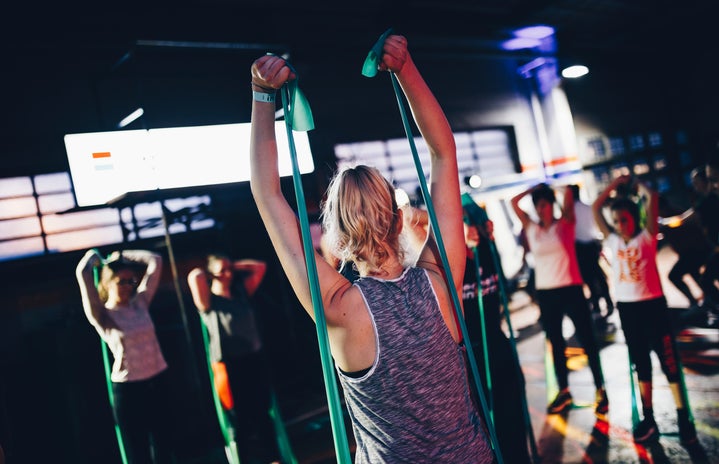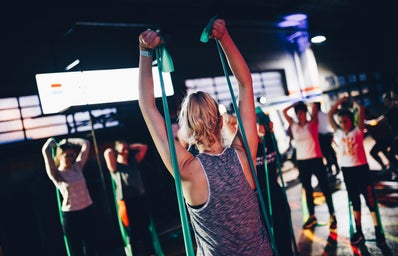After looking at the title of this article, your first question may be, what the heck is a Buddha Bowl? No, it’s not a bowl in the shape of Buddha but rather a bowl filled with a variety of different foods that create a satisfying meal. The Buddha Bowl is an opportunity to feed your body with healthy, nourishing food that creates a sense of calm and gratitude, hence the name. Buddha Bowls make great lunches and are an opportunity to easily incorporate leftovers into meals. There is, however, somewhat of a science behind creating a perfect bowl.
1. Choose Your Vegetables: Veggies should make up about ½ the portion of your bowl (keep in mind the healthy plate ratio). I like to create a mix of cooked and raw vegetables for a variety of textures and to ensure that my body is able to digest the nutrients. Kale, for example, is better for you when it’s cooked because your body is able to break it down more easily than when it is raw, allowing for greater digestion of nutrients. Color is another essential thing to keep in mind; the more color, the more benefits. Kale, radishes, carrots, and cauliflower are all vegetables that are easy to throw in the bowl and provide a rainbow of color.
2. Protein, Protein, Protein: To make sure that the Buddha Bowl is not just a salad and will keep you going all day, incorporate a protein element. For all of you meat eaters out there, leftover chicken or ground turkey make excellent protein choices (think lean). Canned tuna and even a fried egg are also great protein sources. Vegans and vegetarians will find great joy in any type of bean or soy product. There are other sources of protein, such as nuts or quinoa, that also make up other elements of the perfect bowl. Keep reading to learn about these two for one ingredient options.
3. Complex Carbs Are Good for You: For those of you who fear grains, please don’t. Whole grains are complex carbohydrates that your body needs for everyday functioning and long lasting energy. In a Buddha Bowl, whole grains such as quinoa—which also contains protein— barley, brown rice, millet, and farro are all ideal choices. Don’t, however, spend 50 minutes cooking brown rice to add to your bowl. Work with whatever whole grain leftover you have and I promise it’ll fit in perfectly with the rest of the bowl.
4. Healthy Fats are the Best Fats: Avocado lovers rejoice; this is the ideal meal for an avocado addition. Avocados contribute to the vegetable rainbow and provide a solid dose of healthy fats. Nuts and seeds are more delicious options and add a nice crunch to the meal. Some of my favorites include cashews and pepita, also known as pumpkin, seeds.
To finish up your Buddha Bowl, add a condiment of your choice, such as salad dressing, mustard, pesto, or lemon juice, and a sprinkle of cheese if that suits you. Now find a peaceful spot to enjoy your healthy Buddha Bowl and be sure to eat with intention and awareness. Namaste.

